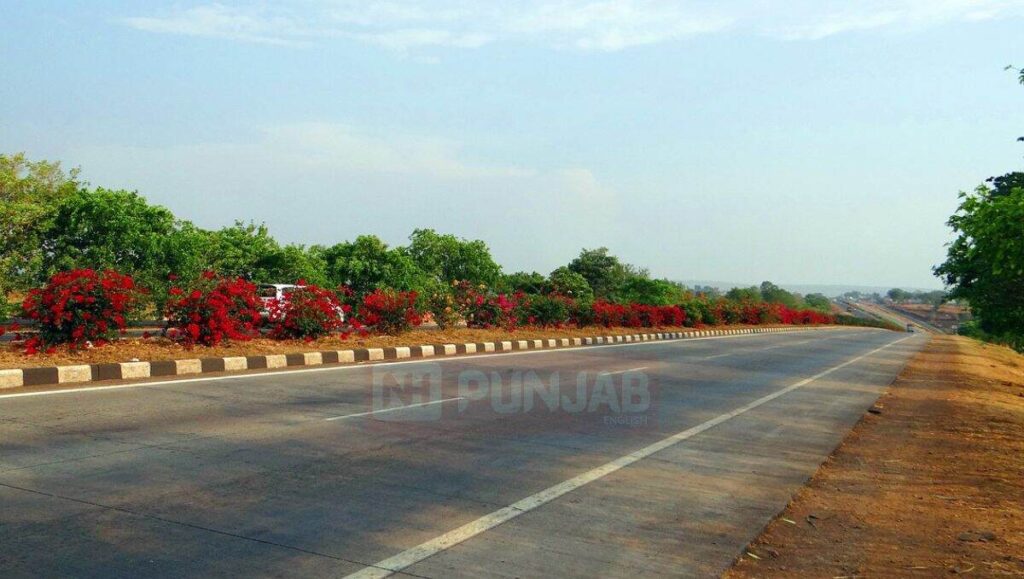The Evolving Political System of Punjab Challenges and Transformations
The political system of Punjab continues to evolve as the state grapples with governance challenges and shifting leadership dynamics. Known for its rich political history and active participation in national affairs, Punjab has witnessed significant transformations in recent years, influencing both regional and national politics.
The Multi-Party Structure and Political Shifts
One of the most defining aspects of Punjab political system is its multi-party structure. Key players in the state’s politics include the Aam Aadmi Party (AAP), Indian National Congress (INC), and Shiromani Akali Dal (SAD), each playing a crucial role in shaping policies and governance. The emergence of AAP as a dominant force in the 2022 state elections marked a turning point, as the party’s campaign centered on promises of educational reforms, improved healthcare, and anti-corruption measures.
While the rise of AAP has disrupted traditional political equations, the Indian National Congress and Shiromani Akali Dal continue to maintain substantial influence. INC, historically a dominant force in Punjab, has focused on economic revival and rural development. Meanwhile, SAD, which has strong ties with the state’s agricultural community, continues to advocate for farmer friendly policies. The interplay between these political entities adds complexity to Punjab’s governance model.
Major Governance Challenges
Despite ongoing political shifts, Punjab faces numerous governance challenges that require urgent attention. Among these, farmer unrest remains one of the most pressing concerns. The Farmer Protests of 2020-2021, which gained international recognition, underscored the state’s deep-rooted agricultural struggles. Even after the repeal of the controversial farm laws, farmers continue to demand guaranteed minimum support prices (MSP), better irrigation facilities, and financial relief.
Economic hardships also weigh heavily on Punjab’s governance agenda. The state’s economy, which historically thrived on agriculture, is now struggling due to declining farm productivity, unemployment, and rising debts among farmers. To address these concerns, political leaders are emphasizing the need for industrial diversification, job creation, and infrastructural development.
Another major issue is corruption, which has been a longstanding problem in Punjab political system. Calls for greater transparency and accountability have intensified in recent years, with the AAP government advocating for strict anti-corruption measures. However, critics argue that while steps have been taken, systemic reforms are still necessary to rebuild public trust in the administration.
The Governance Model of Punjab
Punjab operates under a state legislative assembly system, with 117 seats that determine the ruling party. The Chief Minister, elected by the legislative assembly, holds executive power and plays a pivotal role in policymaking and governance. Meanwhile, the Governor of Punjab, appointed by the President of India, serves as the ceremonial head and ensures the smooth functioning of the government.
The governance framework in Punjab also includes various administrative bodies responsible for law enforcement, public welfare, and infrastructure development. The state government collaborates with the central government on several projects aimed at improving roads, healthcare facilities, and industrial zones. However, bureaucratic inefficiencies and delays in project implementation remain persistent challenges.
Key Social and Economic Issues
Punjab political discourse is heavily influenced by pressing social and economic issues. Unemployment is a significant concern, particularly among the youth. Many young Punjabis migrate abroad in search of better opportunities, leading to a ‘brain drain’ that affects the state’s workforce and economic prospects. Political leaders have proposed various skill development programs and employment initiatives to curb this issue, but the impact has been limited so far.
Another critical issue is drug abuse, which has emerged as a major public health crisis in Punjab. The easy availability of narcotics has led to a rise in addiction cases, particularly among the youth. While the government has launched de-addiction campaigns and stricter law enforcement measures, addressing the root causes of this crisis requires a more comprehensive approach, including educational reforms and job creation.
Rural development remains a priority for political leaders, as a significant portion of Punjab’s population resides in villages. Access to clean drinking water, better roads, and improved healthcare facilities are some of the pressing needs in rural areas. Various welfare schemes have been introduced to uplift rural communities, but effective implementation remains a challenge.
The Road Ahead, Future Political Developments
As Punjab prepares for the next election cycle, the political landscape is expected to witness further shifts. The entry of new political players, along with the growing influence of regional parties, adds an element of unpredictability to the upcoming elections. The performance of the AAP government will be a crucial factor, as voters assess whether the party has delivered on its promises of reform.
Political alliances and rivalries will also shape the future of Punjab’s governance. The possibility of coalition governments and shifting party loyalties could influence policy directions. Additionally, national political trends and central government policies will have a significant impact on Punjab’s regional politics.
In Conclusion, Punjab political system is at a crucial juncture, with evolving party dynamics, governance challenges, and socio-economic concerns shaping its trajectory. While the state has a rich history of political resilience and activism, addressing key issues such as farmer unrest, unemployment, and corruption remains imperative. As Punjab moves forward, the political leadership must focus on sustainable development, transparent governance, and inclusive policies to ensure a prosperous future for its people.
The coming years will be decisive in determining how Punjab navigates its political challenges and capitalizes on opportunities for growth. With active political engagement from its citizens and strategic policymaking by its leaders, the state has the potential to reinforce its position as a key player in India’s democratic and economic landscape.
For more details, visit our Privacy Policy, Disclaimer, and Terms and Conditions. Stay connected with NH PUNJAB (Punjabi), where your news journey begins.



